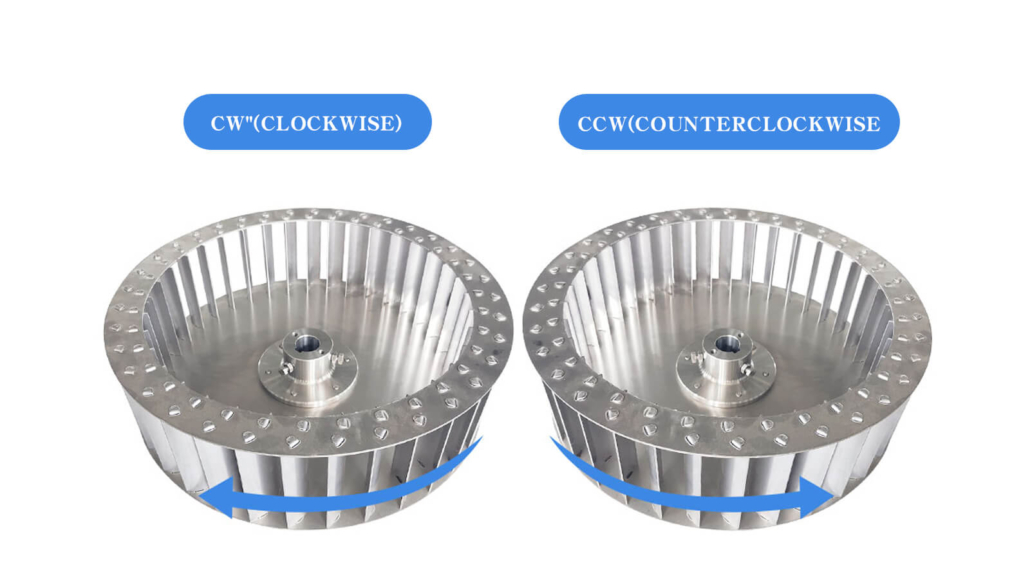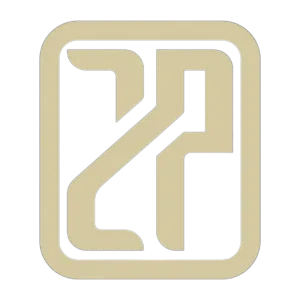Table of Contents
ToggleTypes of Blower Wheels
Forward-curved Blower Wheels
Forward-curved fan blades curve into the direction of wheel rotation, producing an air velocity at the blade tip.
Backward-inclined Blower Wheels
Backward-inclined blower wheels, also known as backward-curved blower wheels, are a type of impeller used in centrifugal fans and blowers
Cross Flow Blower Wheels
A cross flow fan impeller, also known as a tangential fan or blower, is a type of impeller used in cross flow fans. These fans are characterized by their elongated, cylindrical shape and unique airflow direction.
It is important to note that the specific manufacturing process for a blower wheel may vary depending on the material used, the size and shape of the wheel, and other factors. Therefore, it is important to consult with a manufacturing expert to determine the best process for your specific application.
What are the Difference with Forward-curved, Backward-inclined,and Cross Flow Blower Wheels
Forward Curved Blower Wheels

Forward-curved blower wheels, also known as forward-curved centrifugal fans or squirrel cage fans, are a type of impeller used in centrifugal fans and blowers. Their distinct blade design characterizes them, with the blades curving in the same direction as the rotation of the wheel. This design results in specific performance characteristics that differentiate forward-curved blower wheels from other types, such as backward-inclined or radial blower wheels.
Key Features and Advantages of Forward-curved Blower Wheels Include:
1.High airflow at low pressures: We design forward-curved blower wheels to deliver a large air volume at relatively low static pressures. This makes them suitable for applications that require high airflow rates but do not have high pressure requirements.
2.Compact size: Forward-curved blower wheels are typically smaller than backward-inclined or radial blower wheels, making them suitable for applications with limited space.
3.Cost-effective: Forward-curved blower wheels are generally less expensive to manufacture compared to other types of blower wheels, making them a cost-effective choice for certain applications.
4.Quiet operation at low speeds: When operating at lower speeds, forward-curved blower wheels can produce less noise compared to other blower wheel types. However, at higher speeds, they tend to be noisier due to increased turbulence.
Applications requiring high airflow rates at low pressures, such as HVAC systems, air handling units, and air filtration systems, commonly utilize forward-curved blower wheels.
It is important to note that while they offer specific advantages, they may not be as energy-efficient as backward-inclined blower wheels and may produce more noise at higher speeds.
Backward Inclined Blower Wheels

Backward-inclined blower wheels, also known as backward-curved blower wheels, represent a variety of impellers utilized in centrifugal fans and blowers. Their distinguishing feature lies in their blade configuration, where the blades incline away from the rotational direction. This design results in several performance characteristics that distinguish them from other types of blower wheels, such as forward-curved or radial blower wheels.
Key Features and Advantages of Backward-inclined Blower Wheels Include:
1.Efficiency: Backward-inclined blower wheels are typically more energy-efficient than forward-curved blower wheels. Their aerodynamic blade design allows for a smoother airflow, resulting in reduced turbulence and lower energy consumption.
2.Self-cleaning: The backward-curved blade design helps prevent dust and debris from accumulating on the blades, making them self-cleaning to some extent. This feature is particularly useful in environments with high levels of airborne contaminants.
3.Non-overloading horsepower curve: Backward-inclined blower wheels have a non-overloading horsepower curve, meaning that their power consumption does not increase significantly with an increase in airflow. This characteristic ensures stable motor operation and reduces the risk of motor overload.
4.Wide range of operating conditions: Backward-inclined blower wheels can handle various airflow and pressure requirements, making them suitable for a broad range of applications.
5.Lower noise levels: Due to their aerodynamic design, backward-inclined blower wheels generally produce lower noise levels compared to other types of blower wheels, such as forward-curved blower wheels.
We commonly use backward-inclined blower wheels in applications that require high efficiency, low noise, and stable operation, such as HVAC systems, industrial ventilation, air filtration, and pneumatic conveying systems.
Cross Flow Blower Wheels

A cross flow fan impeller, or a tangential fan or blower, is a critical component in cross flow fans, which feature elongated, cylindrical shapes and distinctive airflow directions. Unlike traditional centrifugal or axial fans, cross flow fans direct the airflow perpendicular to the axis of rotation, which results in a uniform, laminar airflow across the entire length of the impeller.
The cross flow fan impeller consists of a series of curved blades mounted on a rotating shaft, enclosed within a cylindrical housing. As the impeller rotates, it draws air in from one side and forces it out through the other side, creating a consistent, uniform flow of air across its entire length.
Key Features and Advantages of Cross Flow Fan Impellers Include:
1.Compact design: The elongated, cylindrical shape of cross flow fans allows them to fit into tight spaces, making them ideal for applications with limited installation space.
2.Uniform airflow: Cross flow fans generate a consistent, laminar airflow across their entire length, which is useful in applications that require even air distribution, such as air curtains, electronics cooling, or heating elements.
3.Low noise levels: Due to their unique airflow pattern, cross flow fans tend to produce less noise compared to axial or centrifugal fans. This makes them suitable for applications where quiet operation is essential, such as in residential or office environments.
4.Customizable length: We can easily customize the length of a cross flow fan impeller to meet specific requirements, offering flexibility in airflow and space limitations. These impellers find widespread use in various applications demanding uniform air distribution, including air curtains for doors or windows, electronics cooling, automotive HVAC systems, and appliances’ heating or cooling elements.
Blower Wheel Manufacturing Process

Design: First, you need to design the blower wheel. This involves determining the size, shape, and material of the wheel based on the specific requirements of the application.
Material selection: Next, you need to select the appropriate material for the blower wheel based on the design and application requirements.
Cutting: Once the material is selected, the next step is to cut it into the appropriate shape using a cutting tool or machine.
Forming: After cutting the material, the next step is to form it into the desired shape using a press, mold, or other forming equipment.
Machining: the blower wheel hub may need to be machined to ensure that it is perfectly round and balanced. This can be done using a lathe CNC.
Assembly: the blower wheel ring can be assembled with other fan blades to create the finished blower wheel .
How to Determine Rotation Direction on Blower Wheel?

Determining the rotation direction of a blower wheel is essential for proper installation and operation of the fan or blower system. Examining the curvature of the blower wheel’s blades determines the rotation direction.
Here are the steps to determine the rotation direction of a blower wheel:

Observe the blower wheel: Carefully examine the blower wheel and its blades. The curvature of the blades will indicate the rotation direction.
Identify Blade Curvature:
Forward-curved blower wheels: The blades curve in the same direction as the wheel’s intended rotation. When the curved part of the blade faces the direction of rotation, it is a forward-curved blower wheel.
Backward-inclined blower wheels: The blades curve away from the wheel’s intended rotation direction. When the curved part of the blade faces opposite to the direction of rotation, it is a backward-inclined blower wheel.
Rotation direction notation: Blower wheels and fan housings often have markings or labels indicating the rotation direction. These labels may use arrows or terms like “CW” (clockwise) or “CCW” (counterclockwise).

Motor shaft and set screw position: The position of the motor shaft and set screw can provide clues about the rotation direction. When inserting the motor shaft into the blower wheel, you should tighten the set screw onto the flat part of the shaft. If the set screw is on the correct side of the motor shaft, the rotation direction should be apparent.
